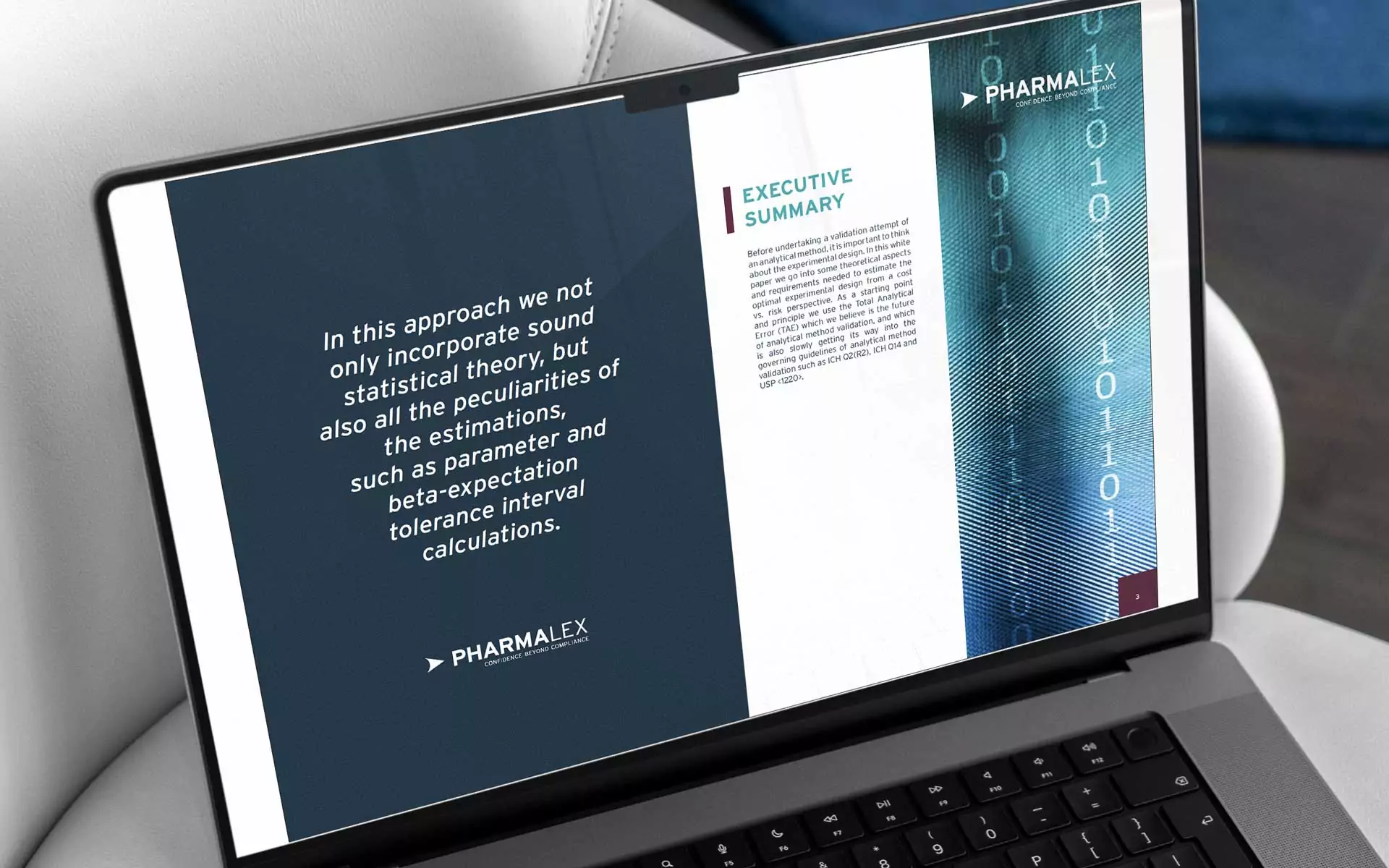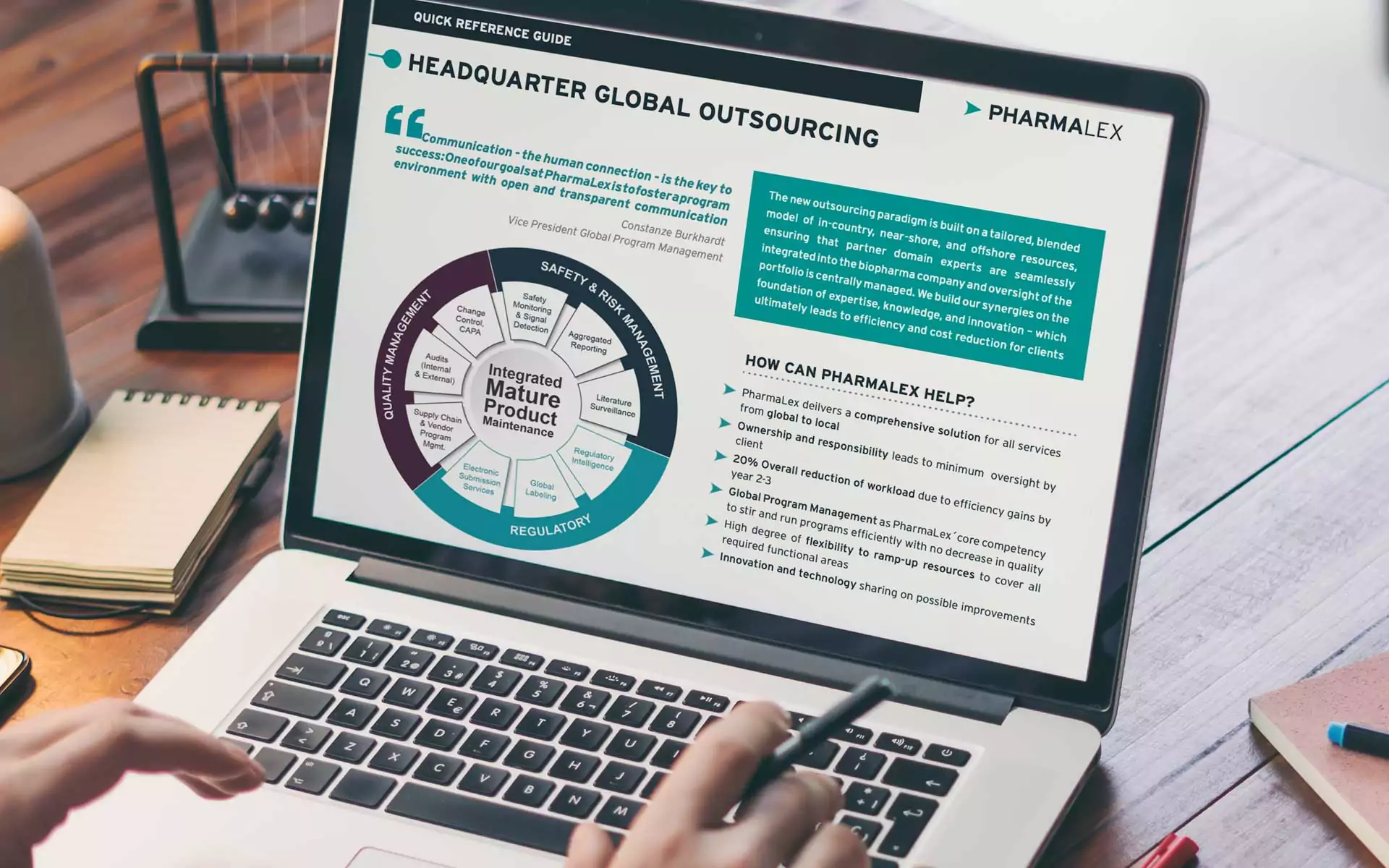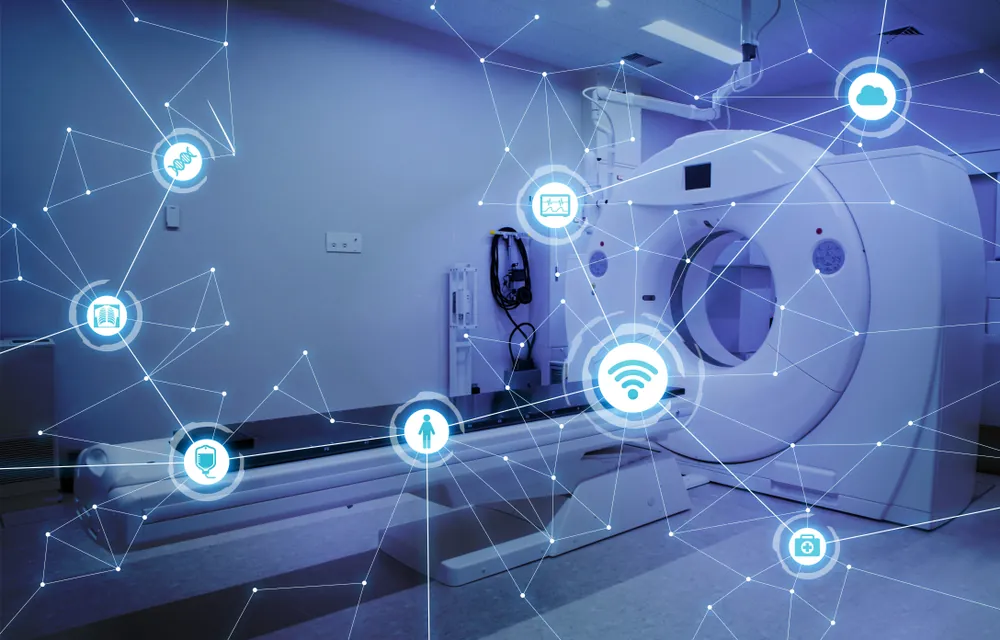With vigilance now more rigorously applied to medical devices under the European Medical Device Regulations (MDR 2017/745)[1], there has been a greater need for guidance on what is expected of industry. In response, the Medical Device Coordination Group (MDCG) has provided updated Device Specific Vigilance guidance to assist manufacturers of specific devices[2].
Vigilance relates to the identification, reporting and trending of serious incidents, as well as any corrective actions related to safety[3]. While vigilance is not a new concept for medical devices, it was not as clearly articulated in the Medical Device Directive (MDD) or In Vitro Diagnostics Directive (IVDD).
Under the MDR and In Vitro Diagnostic Regulations (IVDR 2017/746)[4], there are stricter reporting requirements and increased visibility of manufacturers’ reports of device performance and safety for certain classes of devices[5]. Vigilance is distinct from, though related to, post-market surveillance processes which focus on monitoring information to provide periodic confirmation that the benefit of a medical device outweighs the risk.
The guidance endorsed by the MDCG more clearly spells out vigilance requirements for specific devices, focusing on higher risk products that have heightened regulatory oversight, including cardiac ablation, coronary stents, cardiac implantable electronic devices and breast implants, among others. Indeed, these products, in particular breast implants, have long been the focus of public conversation and were part of the reason for the MDR[6].
Tighter reporting requirements
One area highlighted in the guidance is periodic summary reporting, which not only looks at the occurrences of issues with the subject device, it also looks at occurrences with competitor or equivalent devices. Importantly, this information is publishable.
The guidance states that “the format, content and frequency of periodic summary reports should be agreed with the Coordinating Competent Authority (in consultation with the Competent Authorities participating in the Periodic Summary Reporting).”
Trend reporting is another point raised in the guidance. While not entirely new, in the past it was an internal exercise that was only verified by the notified body, and findings were not widely communicated. The guidance emphasizes that it is now a requirement to report increasing trends to the competent authorities, which mandates and further spells out that if manufacturers have an increase in frequency or severity, they must report these. Incidents are different from a “serious incident”, as defined in the previously published Q&A on vigilance terms and concepts. An incident is described as any malfunction or deterioration in the characteristics or performance of a device5.
Examples and terminology
The guidance also provides some examples, providing some context as to how reporting should be carried out – for example, report as individual serious incidents, can be included in periodic summary reports, or report at the time the trend is identified.
The final section in the guidance covers IMDRF terminologies for categorized adverse event reporting. The IMDRF, or International Medical Device Regulatory Forum, has developed harmonized terminology for reporting adverse events from medical devices and IVDs[7]. This section outlines the requirements for manufacturers to code an issue so all events from different products with the same coding can be trended. This gives the regulator or competent authority greater insight into incident trends.
From experience with clients, this can present some challenges for manufacturers who are not accustomed to IMDRF terminologies.
In addition to the overall guidance for specific devices, there are guidances for a number of high profile devices, providing greater detail for manufacturers of those products as well as the relevant codes according to the incident detected. By way of example, guidance on Devices for Cardiac Ablation lists IMDRF codes for ablation catheter introduction or withdrawal issues, mechanical problems with ablation catheters, incidents relating to ablation accessories, among others[8].
The guidance provides a useful framework to assist manufacturers of specific devices to adopt and implement vigilance processes in order to stay on top of requirements laid out in the MDR.
About the author:
Belinda Dowsett is Associate Director, Medical Devices / IVD, at PharmaLex. She is an experienced quality assurance and regulatory affairs professional with over 15 years of experience in the medical device industry. Belinda provides regulatory expertise and support to clients in all aspects of the product lifecycle of medical devices, from project initiation to market authorization and post-market support. Belinda is also experienced in leading the development and implementation of Quality Management Systems for a diverse range of manufacturers.
[1] Regulation (EU) 2017/745 of the European Parliament and of the Council of 5 April 2017 on medical devices. https://eur-lex.europa.eu/legal-content/EN/TXT/PDF/?uri=CELEX:32017R0745
[2] Guidance on the vigilance system for CE-marked devices, MDCG 2024-1, Jan 2024. https://health.ec.europa.eu/document/download/dbd0d748-d646-4274-afaa-399952809389_en?filename=mdcg_2024-1_en.pdf
[3] https://iris.who.int/bitstream/handle/10665/337551/9789240015319-eng.pdf?sequence=1
[4] Regulation (EU) 2017/746 of the European Parliament and of the Council of 5 April 2017 on in vitro diagnostic devices. https://eur-lex.europa.eu/legal-content/EN/TXT/PDF/?uri=CELEX:32017R0746
[5] Questions and Answers on vigilance terms and concepts as outlined in the Regulation (EU) 2017/745 on medical devices, Medical Device Coordination Group Document, European Commission, 2023. https://health.ec.europa.eu/system/files/2023-02/mdcg_2023-3_en_0.pdf
[6] Restoring confidence in medical devices. Action Plan after the PIP scandal tightened control in Europe, European Commission. https://ec.europa.eu/commission/presscorner/detail/en/IP_14_699
[7] Terminologies for Categorized Adverse Event Reporting (AER): terms, terminology and codes, IMDRF. https://www.imdrf.org/documents/terminologies-categorized-adverse-event-reporting-aer-terms-terminology-and-codes
[8] Devices for Cardiac Ablation, DVSG 01, MDCG, Jan 2024. https://health.ec.europa.eu/document/download/e170bdf5-1684-4e24-bfbc-ec34b1ea1b4f_en?filename=mdcg_2024-1-1_en.pdf








